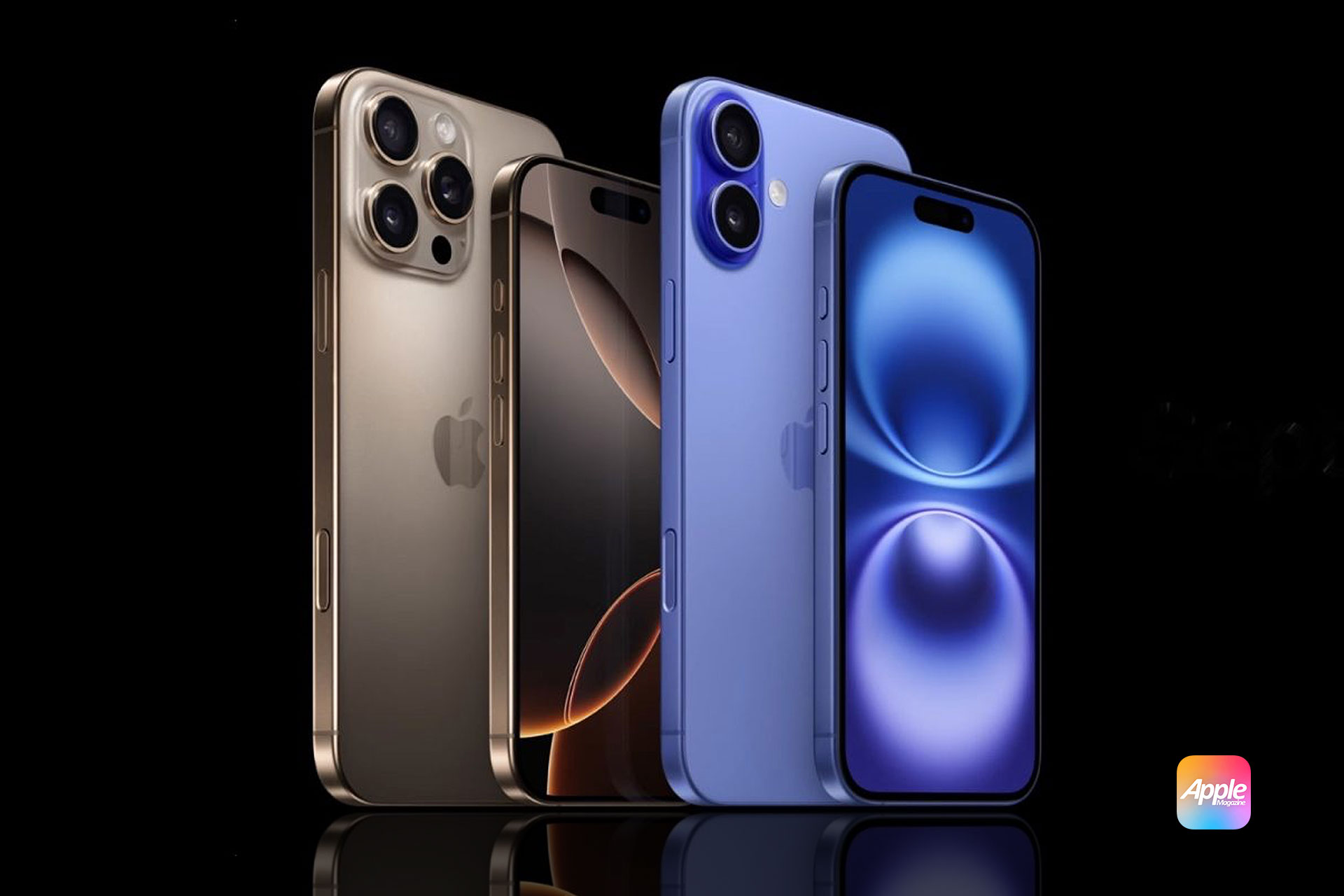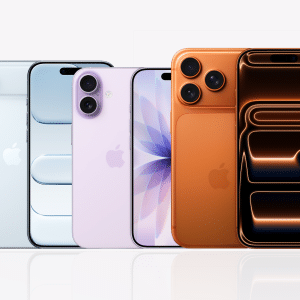The Impact of 3nm Chips on iPhone 17
The transition to 3nm chips marks a pivotal moment for the iPhone 17. By shrinking the transistor size from the 5nm chips used in previous models, Apple can fit more processing power into a smaller area. The immediate benefits include faster performance, enhanced battery life, and lower energy consumption, allowing users to enjoy longer device usage without sacrificing speed or power.
One of the key advantages of 3nm chips is improved power efficiency. This advancement means that each transistor requires less power, resulting in longer-lasting battery life. Users can expect their iPhone 17 to perform better throughout the day, with fewer charges needed for heavy users. Additionally, this efficiency reduces heat production, making the device more durable over time, which is particularly valuable for power-intensive apps and prolonged use.
The 3nm architecture introduces a substantial performance boost over its predecessors, such as the iPhone 15’s 5nm chips. These next-gen processors allow for faster data processing and smoother multitasking. Whether you’re editing videos, playing high-end mobile games, or juggling multiple apps, the iPhone 17’s new chip will provide a seamless experience with minimal lag.

Enhanced AI and Machine Learning Capabilities
Apple’s investment in artificial intelligence (AI) and machine learning (ML) has grown significantly over the years. The 3nm chips are designed to support more complex AI operations, allowing for improvements in Siri, image processing, and augmented reality (AR). Users will experience more intuitive AI interactions, faster real-time responses, and smarter computational photography, making everyday tasks easier and more efficient.
Apple’s transition from third-party chips to in-house silicon, starting with the A-series processors, has redefined the smartphone industry. The iPhone 17’s expected 3nm chip builds on this legacy, demonstrating Apple’s commitment to staying ahead of the curve in mobile technology. The 3nm design will likely be adopted across the Apple product lineup, extending to iPads, Macs, and even future wearables.
When comparing the iPhone 17 to older models, such as the iPhone 15 and 14, the leap in processing power is striking. The smaller transistors in 3nm chips allow for more complex, efficient designs. This leads to better graphics rendering, quicker app launch times, and even potential advancements in areas like facial recognition and augmented reality applications.

Market Implications for the iPhone 17
The adoption of 3nm technology in the iPhone 17 is likely to influence the entire smartphone market. Competing manufacturers like Samsung and Google will need to accelerate their innovation cycles to keep pace with Apple’s cutting-edge technology. The race to develop similar chips will push the boundaries of what smartphones can achieve in terms of both performance and efficiency.
Apple’s reliance on TSMC, one of the few manufacturers capable of producing 3nm chips, underscores the importance of their partnership. TSMC’s production capabilities will play a crucial role in ensuring that Apple meets the demand for the iPhone 17. As one of the earliest adopters of this advanced technology, Apple is poised to leverage TSMC’s expertise to maintain its competitive edge.
Apple fans are eagerly anticipating the release of the iPhone 17, which is expected to hit the market in 2025. The integration of 3nm chips is likely to be one of the device’s most significant selling points, as Apple is expected to highlight the improvements in speed, energy efficiency, and AI capabilities. As the launch date approaches, more details about the iPhone 17’s features and specifications will emerge, creating even more excitement among consumers.
Will 3nm Chips Become the New Standard?
The success of the iPhone 17’s 3nm chips could set a new industry standard. As technology evolves, smaller transistors and more efficient processors are becoming essential for delivering better user experiences. Apple’s early adoption of this technology could signal a broader industry shift, with more manufacturers working to incorporate similar chips into their devices.
Apple’s leap to 3nm chips with improved performance, better battery life, and enhanced AI capabilities.

As Apple continues to innovate, the future of mobile technology looks brighter than ever.













